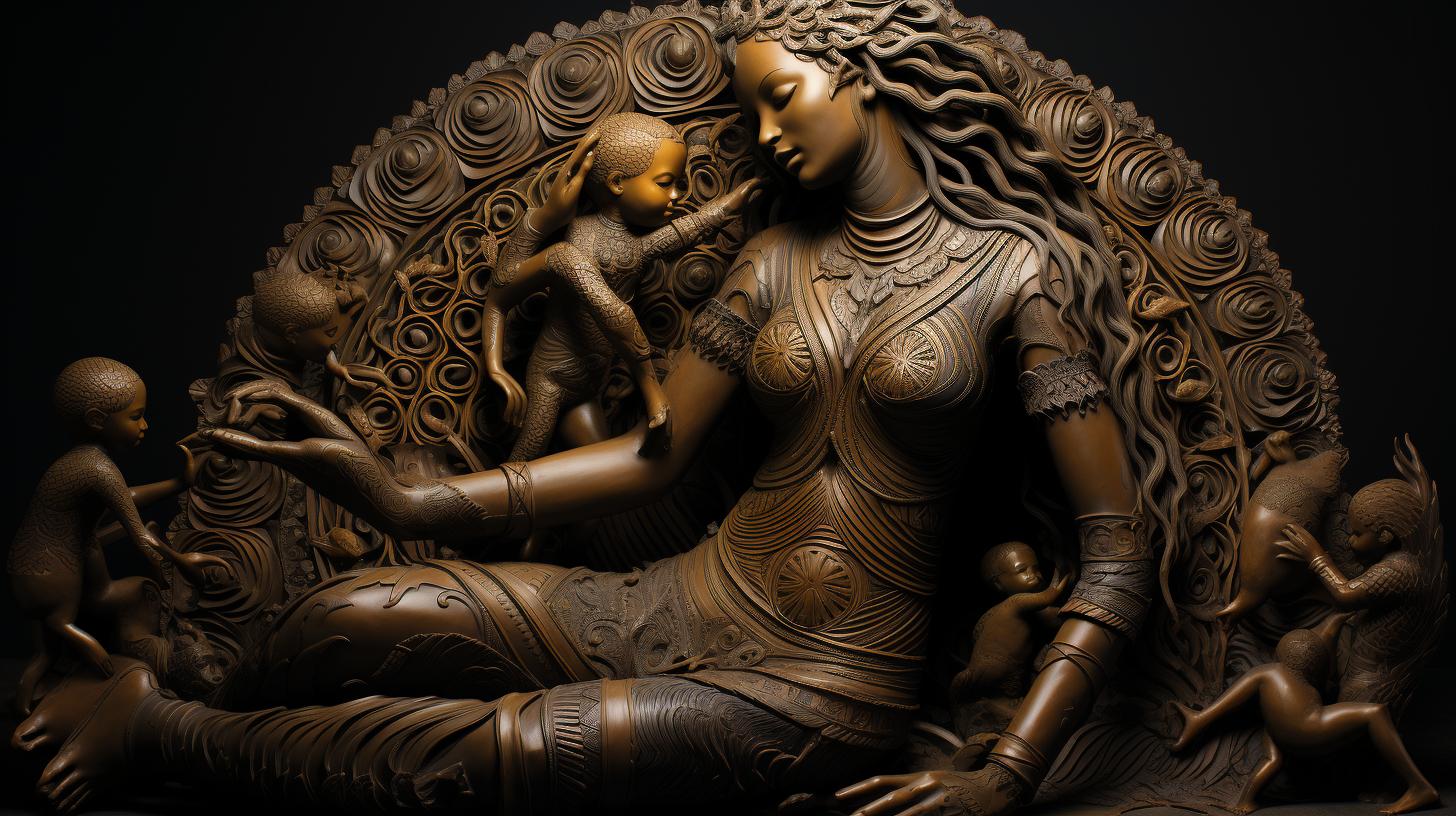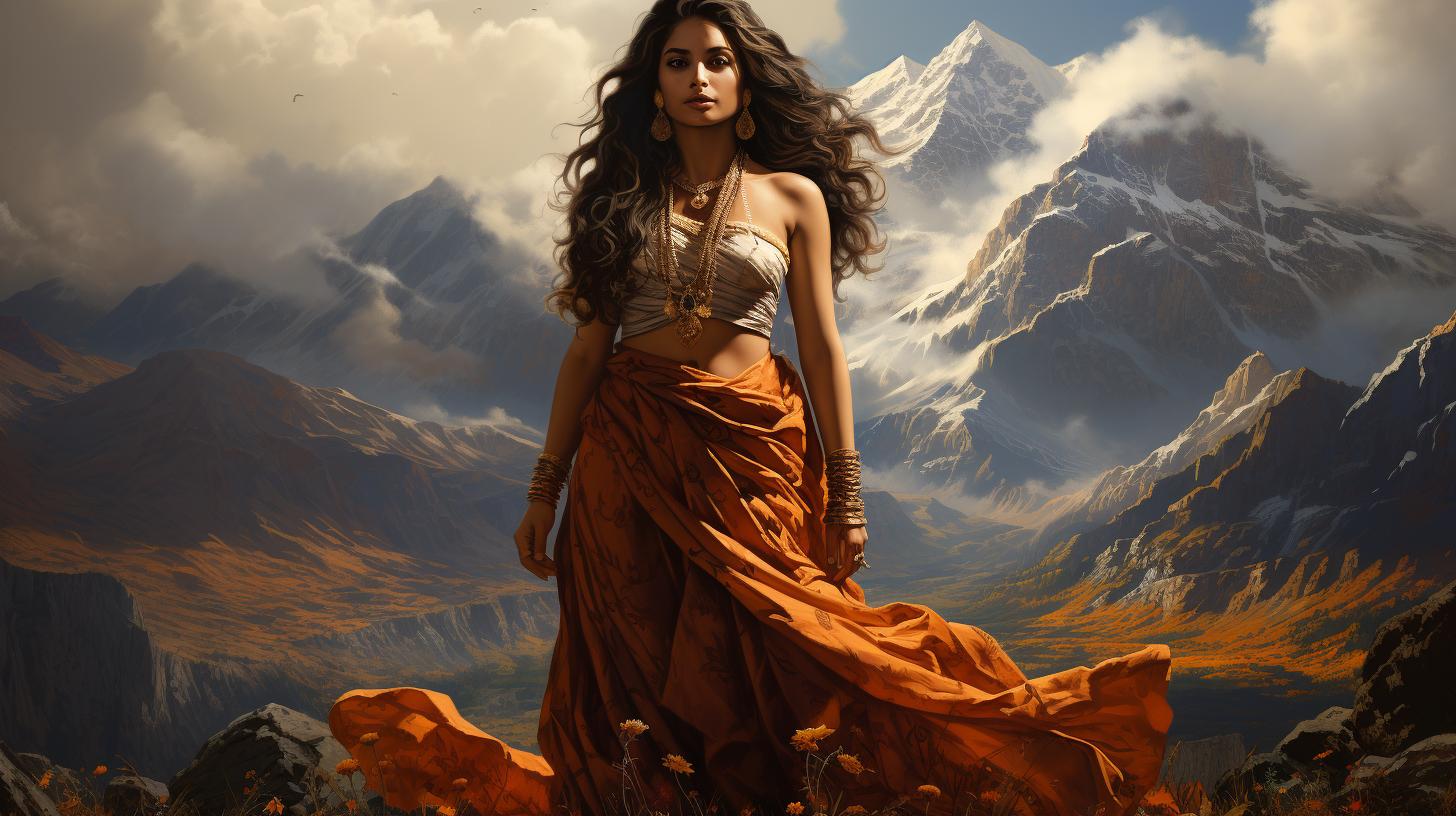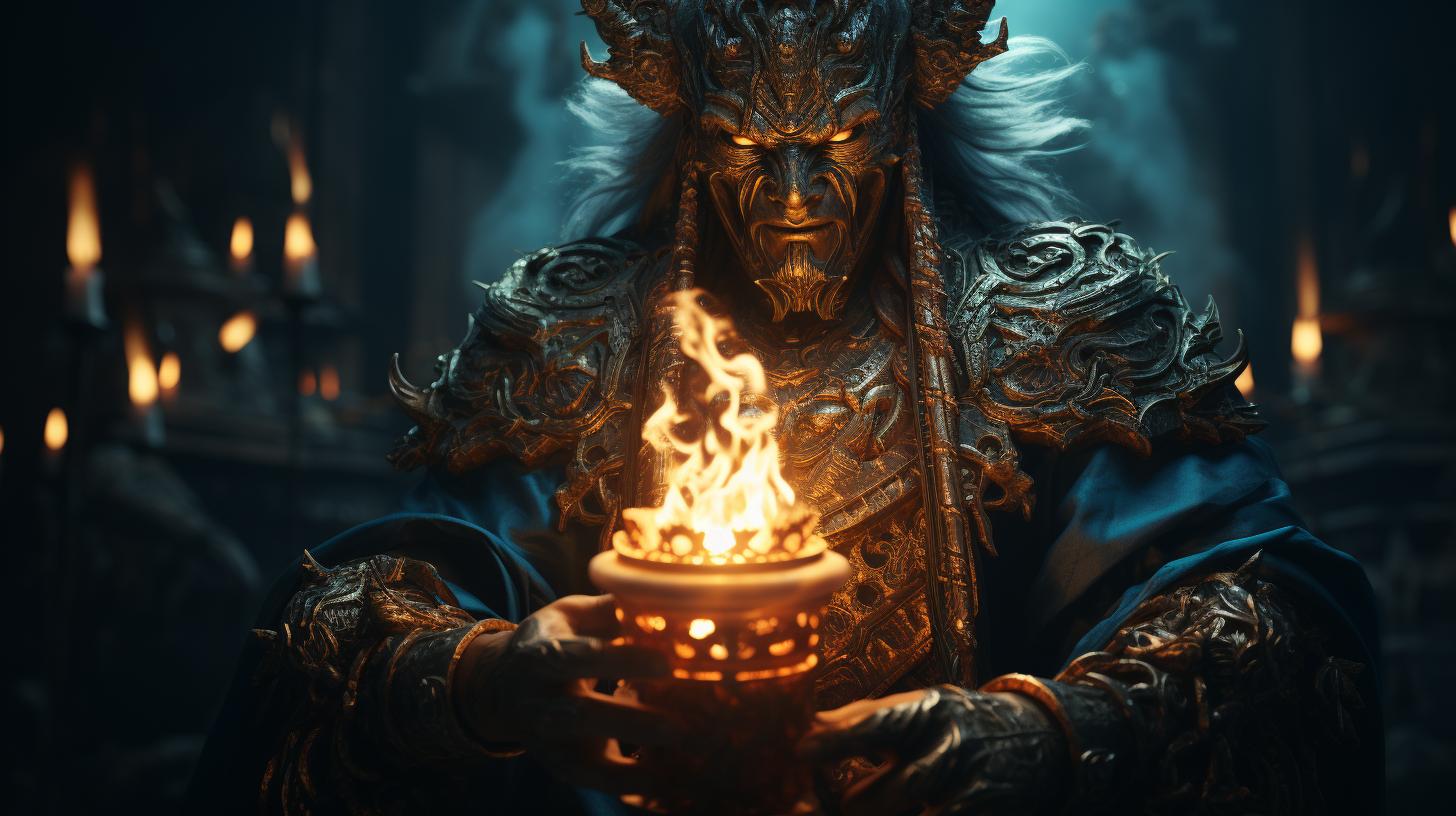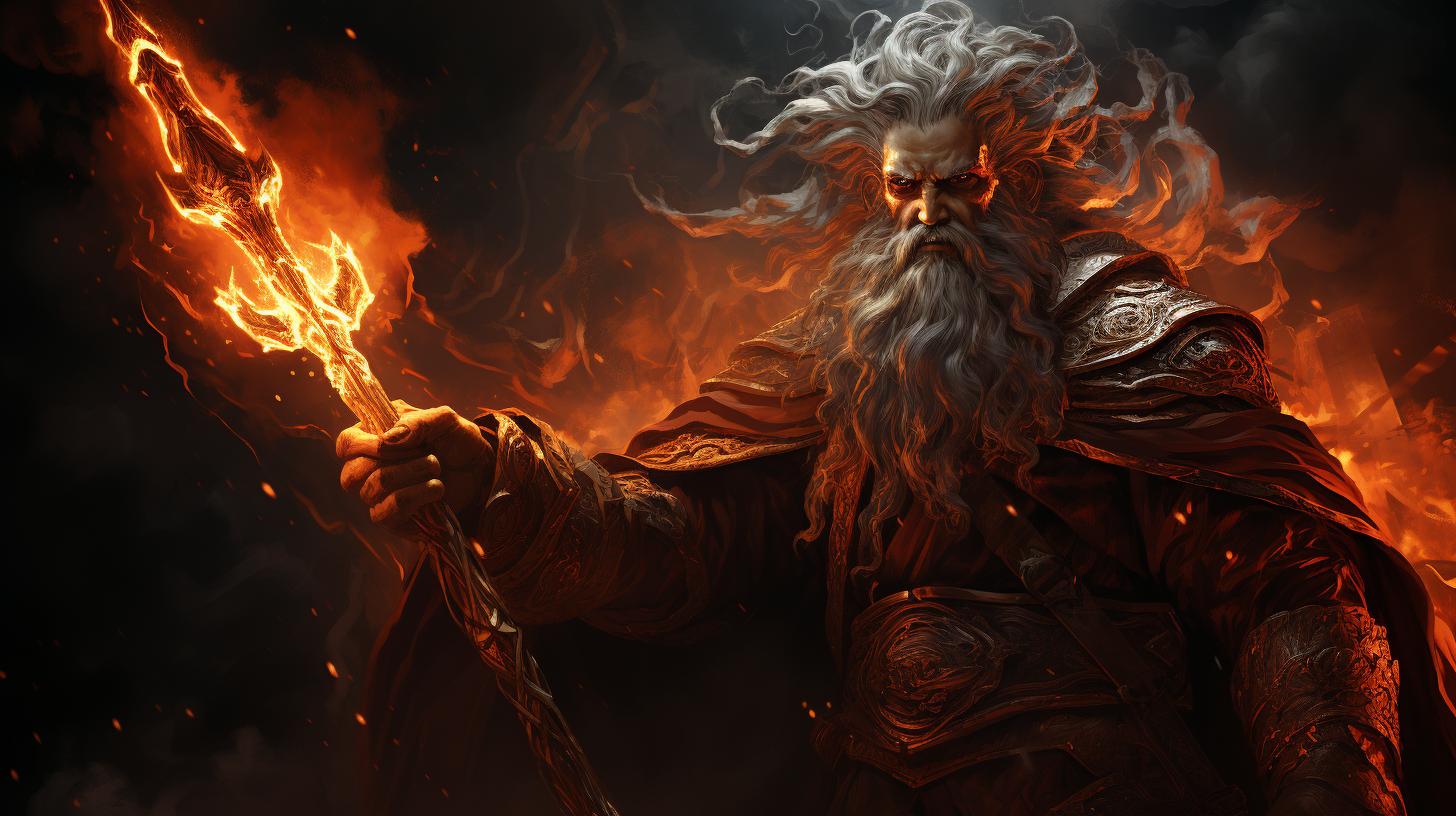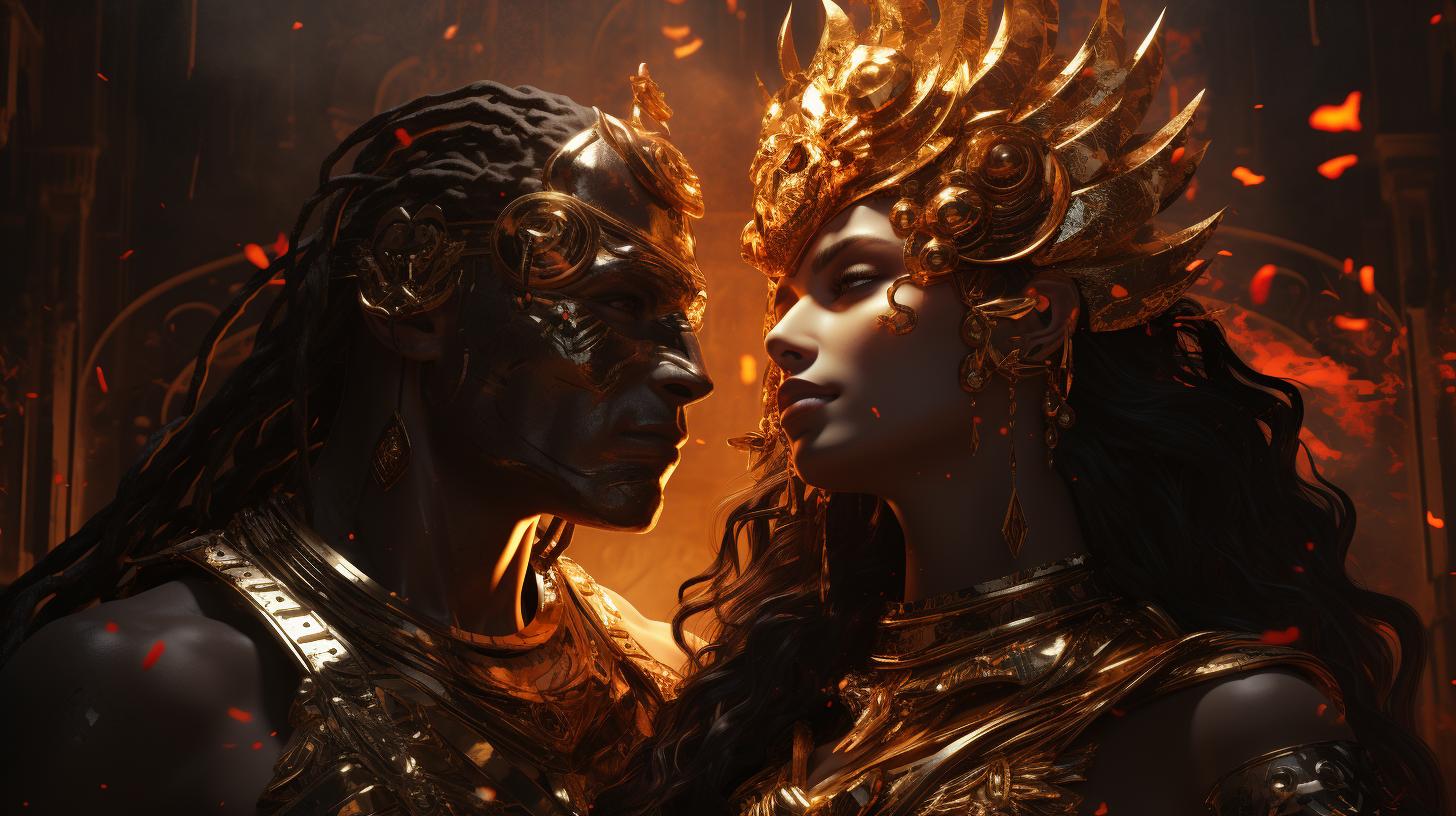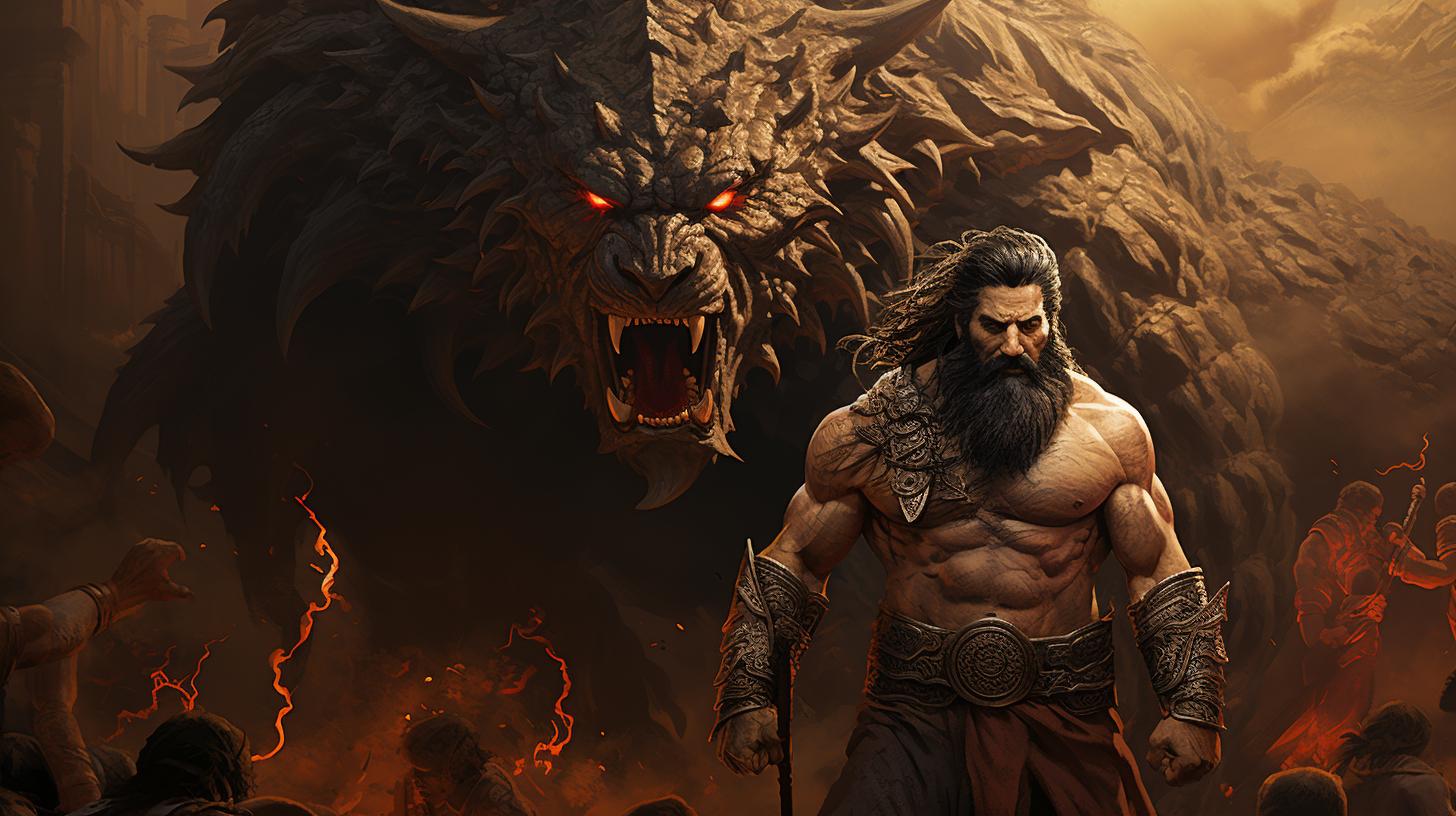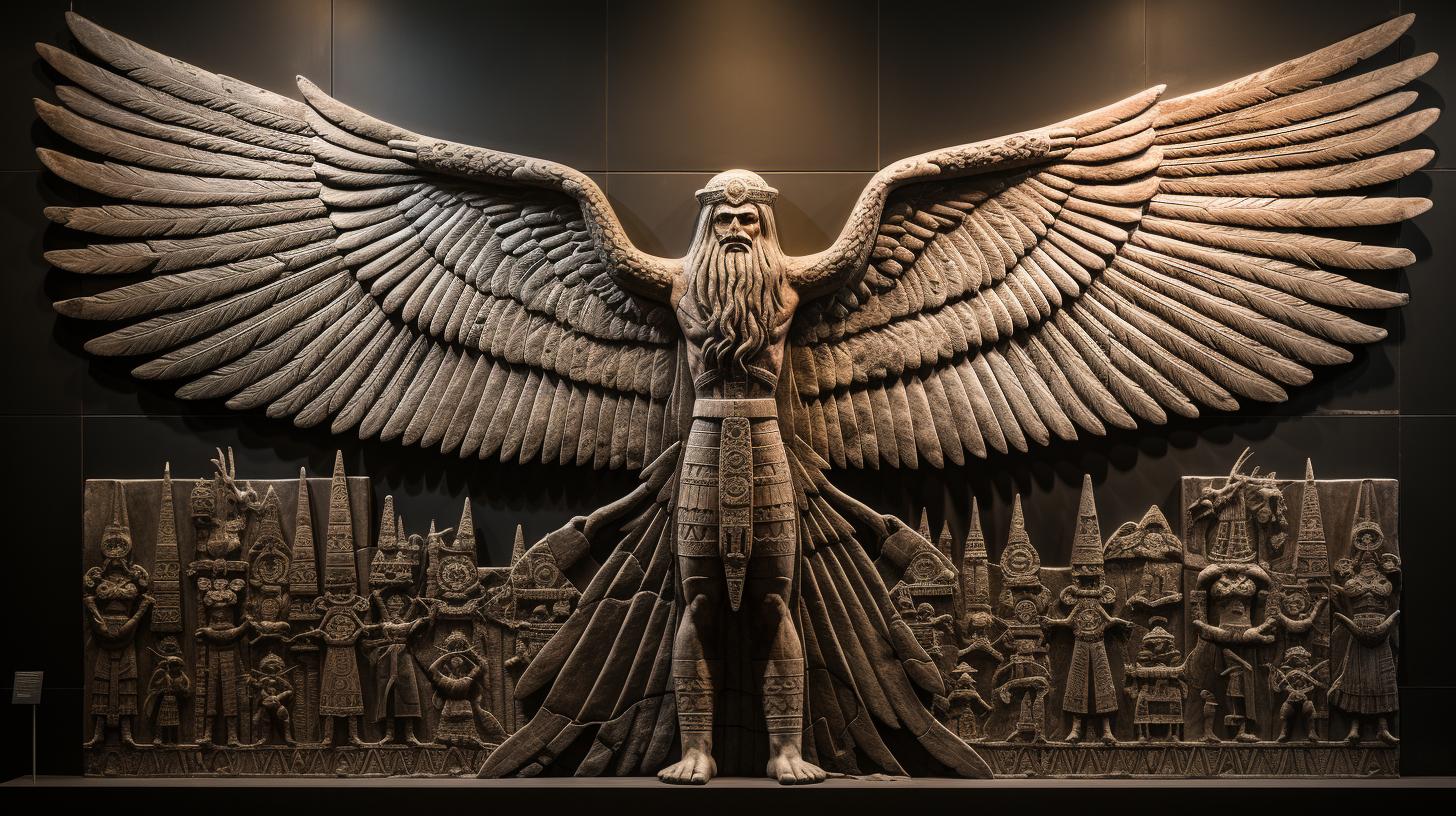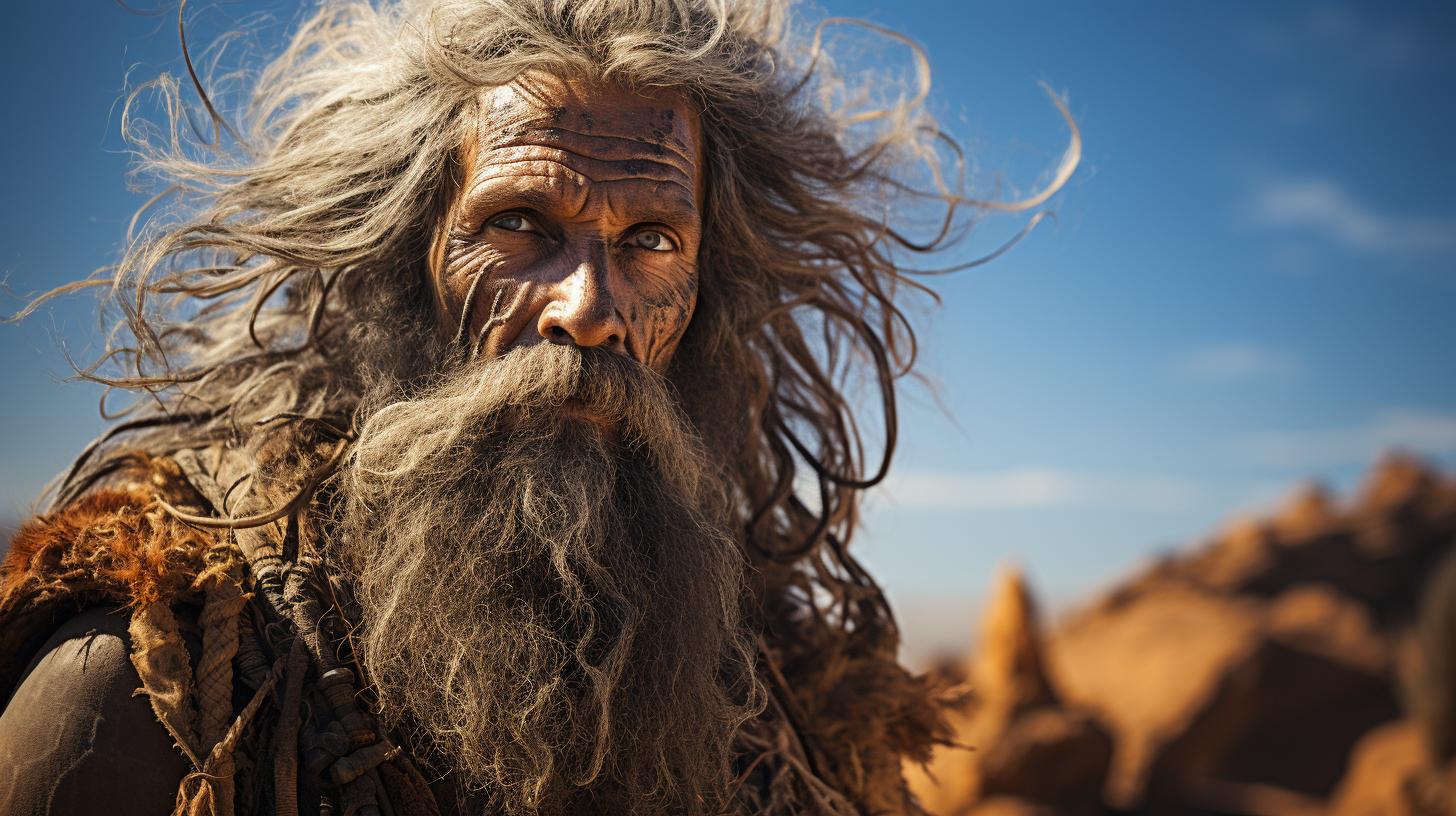Mami Goddess: The Divine Creator of Humanity in Sumerian, Akkadian, and Babylonian Mythology
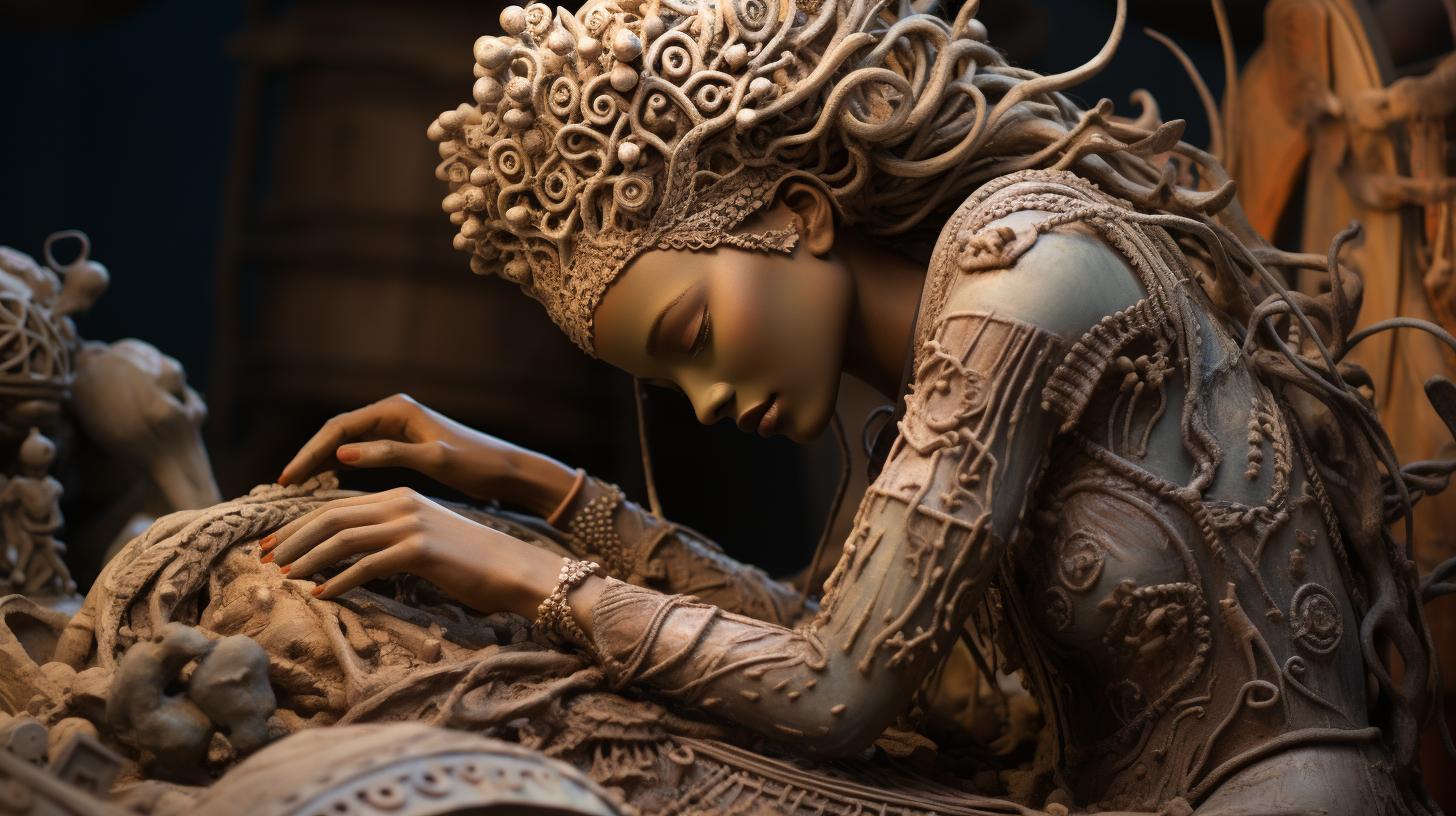
The Mami Goddess, also known as Nintu, holds great significance in Sumerian, Akkadian, and Babylonian mythologies. She is revered as ‘the Lady of birth’ and credited with molding the first humans from primordial clay.
Nintu’s involvement in human affairs extends to decision-making processes, such as population control and preservation. Similarly, she is associated with other mother deities like Ninhursag. Additionally, Mami serves as a synonym for Ninhursag, playing a crucial role in the creation of humanity through clay and blood.
The ancient Sumerians believed that devotion to Nintud (or Mami) could impact physical well-being.
The Origins of Mami Goddess
The Mami Goddess, a revered figure in Sumerian, Akkadian, and Babylonian mythologies, has a rich origin story dating back to ancient times. This section explores the mythical narrative surrounding the creation of humankind and delves into the various names and epithets associated with this divine entity.
The Myth of Nintu: Creating Humankind from Clay
At the heart of Mami Goddess’s origin story lies the myth of Nintu, the divine Lady of Birth. According to ancient legends, Nintu played a crucial role in fashioning the first humans from clay.
It is believed that she carefully extracted fourteen portions of primordial clay, dividing them evenly into seven parts on each side, and utilizing a brick to complete the process. These clay fragments formed the foundation for the creation of the initial seven pairs of human embryos.
Nintu’s Names and Epithets in Sumerian, Akkadian, and Babylonian Traditions
The Mami Goddess is recognized by various names and epithets across different Sumerian, Akkadian, and Babylonian texts and traditions. Among her alternate designations are Antu, Ninmah, Dingirmah, Aruru, Belit-ili, Damgalnuna, and Damkina. Additionally, she is associated with other maternal deities, such as Ninhursag. These varying titles highlight the multifaceted nature of Mami Goddess, emphasizing her significance and deep-rooted presence in ancient beliefs.
In summary, the origin of Mami Goddess can be traced back to the myth of Nintu, who played a pivotal role in creating humanity from clay. The diverse names and epithets attributed to Nintu in Sumerian, Akkadian, and Babylonian traditions further accentuate the complexity and reverence associated with this divine figure.
The Role of Mami Goddess in Human Affairs
Mami Goddess, also known as Nintu, holds significant influence in human affairs within Sumerian, Akkadian, and Babylonian mythologies. Her involvement extends to crucial decisions and actions that impact the human population and the preservation of our species.
Nintu’s Decisions on Human Population Control
Guided by wisdom and compassion, Nintu actively participates in regulating the growth of the human population. Alongside Enlil and Enki, she deliberates on strategies to ensure a more balanced and sustainable expansion of humanity.
This cooperative effort encompasses thoughtful considerations and measures that promote harmony between humans and their environment.
Nintu’s Involvement in Preserving the Human Race
In times of peril and impending destruction, Nintu plays a vital role in preserving the human race. In ancient Sumerian myths, the god Enki seeks out Nintu’s assistance to prevent the annihilation of humanity.
With her knowledge and divine powers, Nintu aids in averting catastrophic outcomes, safeguarding our collective existence.
Through her active involvement in shaping human affairs, Nintu has emerged as a revered figure, embodying both creator and protector.
Her influence, reaching beyond the boundaries of mortal existence, intertwines with the destiny and well-being of humanity.
Mami Goddess: Synonymous with Ninhursag
The ancient Sumerians revered Mami Goddess, also known as Nintu, as an integral part of their mythology. She holds a significant place in their beliefs, often considered synonymous with another mother deity, Ninhursag. Mami Goddess plays a key role in the creation of humanity and is associated with the blending of clay and blood.
The Creation of Humanity through Clay and Blood
According to Sumerian legends, Mami Goddess, in her divine prowess, fashioned and molded the first humans using fourteen pieces of primordial clay. Combining these fragments, she brought forth deities of the womb, giving rise to the essence of life.
This mythological tale serves as a testament to Mami’s creative powers and her instrumental role in shaping the destiny of humanity.
Merging Clay: A Symbolic Act of Creation
- The fourteen pieces of clay symbolize the intricate process of molding and fashioning life into existence.
- Mami’s divine touch breathed life into these clay fragments, endowing them with the essence of existence.
- The act of blending the clay signifies the divine harmony between the material and spiritual aspects of human existence.
Blood: The Vital Life Force
- Blood, representing the life force within each human, became an integral part of Mami’s creation.
- It symbolizes the connection between humans and the divine, carrying the essence of their existence.
- Mami’s use of blood underscores the profound bond between humankind and the spiritual realm.
Health Effects of Devotion to Nintud (Mami)
Within the ancient Sumerian culture, devotion to Nintud, or Mami, played a crucial role in the physical well-being of individuals.
A Sumerian proverb suggests that worshiping Nintud, Mami Goddess, held the potential for positive health effects.
A Source of Healing
- Worship and devotion to Mami were believed to have the power to bestow good health upon the faithful.
- This connection illustrates the intertwined relationship between spirituality and physical well-being in Sumerian society.
- Seeking Mami’s favor through devotion was perceived as a means to attain overall vitality and wellness.
Understanding the significance of Mami Goddess and her close association with Ninhursag unveils the profound role she played in Sumerian beliefs and their understanding of human creation.
The fusion of clay and blood illustrates the divine artistry that brought forth humanity, while the devotion to Mami offered promises of physical well-being within this ancient civilization.

